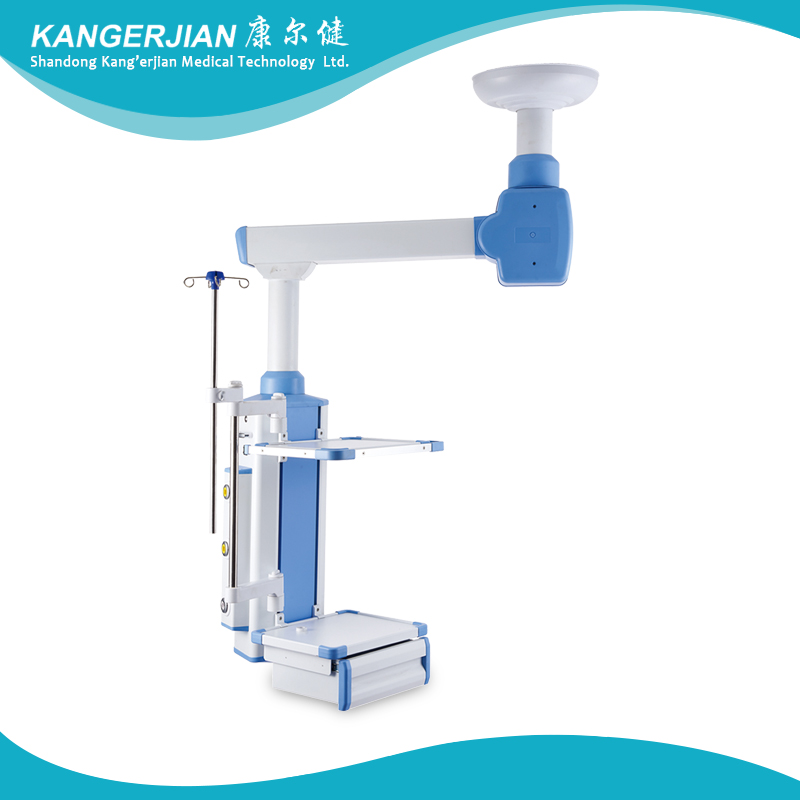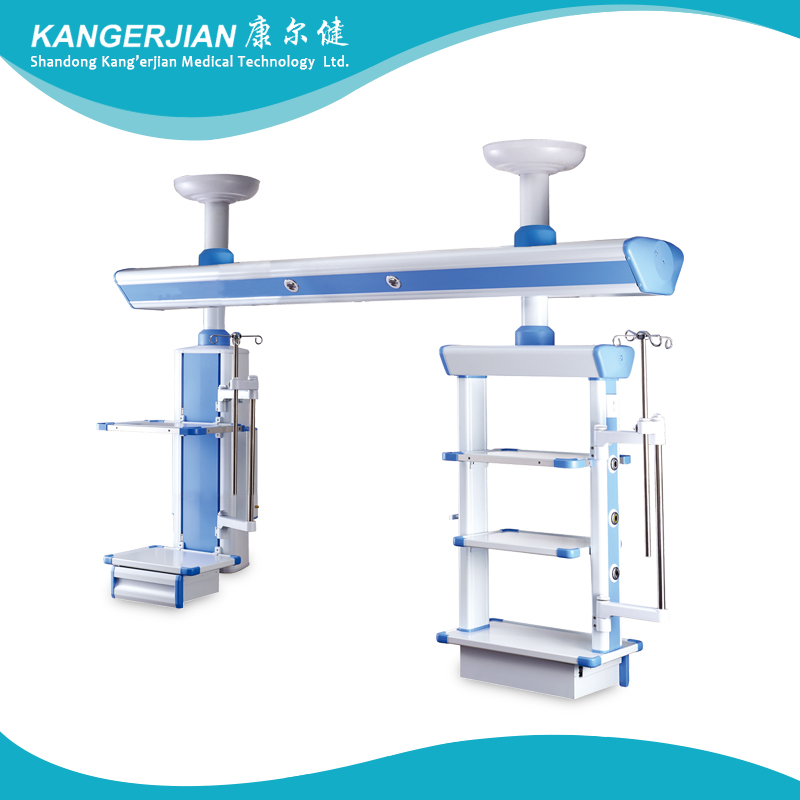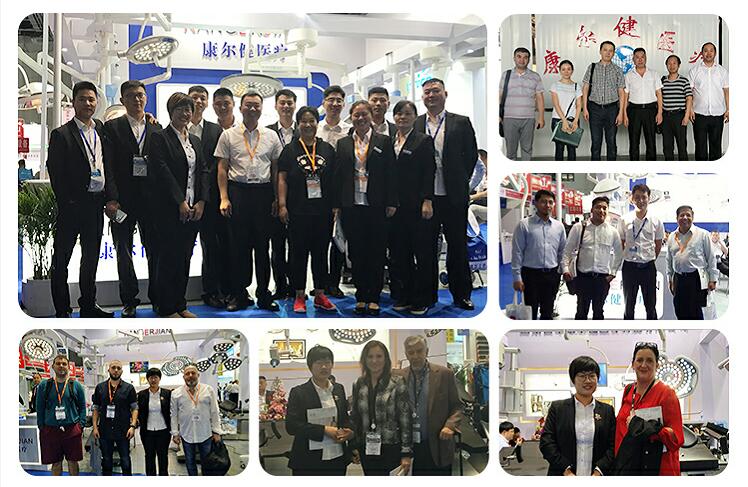(A) The basic conditions for the selection and breeding of species of fish There are many varieties of tropical fish, and the maturity period varies. Medium- and small-scale fish are generally mature for six months, and 6 to 8 months old fish are selected as broodstock. Large fish are generally mature for 1 year to 1 year and a half.
Choose fish for one and a half to two years to make fish. The average life span of small and medium-sized tropical fish is only 2 to 3 years. Large fish are usually 4 to 5 years old, and males are generally mature one month to one and a half months later than females.
Selecting healthy and sexually explicit fish is the key to reproduction. We must also choose suitable aquariums and aquatic plants for production. The preparation of breeding water according to different species is also a key link in breeding. Adjust to a suitable breeding temperature. Place the breeding box in suitable light and quiet place.
(b) Breeding of raw fish This breed of fish is easier to reproduce and has a high survival rate. After maturation, the male and female fish are bred together and bred together. The female's eggs are directly fertilized in the female's body through the male's vas deferens. The female fish develops into a small fish and then produces an in vitro body. When breeding, the female fish can be easily fished out as long as the female fish is fished out separately.
Peacock, Mary, moonlight, swords, tricolor fish, mosquitoes, etc. belong to this type of fish.
For example: The breeding of guppies is mature for 3 months, and the life span is about 2 years. The male tail is large, beautiful in color, smaller in body size than females, female body is large, belly drums, and colors are monotonous. Mature fish need to be bred together as long as they are kept together. Female abdomen enlargement, dark spots appear on the buttocks called fetal spot, there is a white spot on the anus at the end of labor. Separate the male fish out and put it in a breeding box of 30-4015-2018-20 (cm). Keep the water temperature at 22-24°C. Place some grass leaves on the water to hide the fish. Reproduction water is 3 to 4 days of old water. Every production of 30 to 100 tails. After the birth, the female fish is returned to the original box. Breeding box change water 1#3. On the second day, small red worms can be fed, and broodstock can be fed again for 20 to 30 days.
Mary, moonlight, swordfish, and guppies reproduce in the same way.
(3) Egg-breeding fish breeds There are many species of raw fish, which are difficult to reproduce and have different breeding habits. They are in vitro fertilization, need male and female matching, use suitable aquarium, preparation of breeding water and control of water temperature, put fish like bed, in order to successfully reproduce, the survival rate is not high, but the number of eggs laid . According to the nature of the output egg, it can be divided into three categories: submerged eggs, viscous eggs, and floating eggs.
1. The reproduction of submerged eggfish (1) Traffic lights: mature for 6 months, lifespan 2 to 3 years, easy identification of male and female, male slender, anal fin tip, bright colors, red and blue stripes are straight; female belly bulge, Anal fins are sleek, lighter in color, and red and blue stripes are curved. Use a 15-20 cm full glass box as a breeding box. Breeding water is distilled water and boiled water (placed for 4 to 5 days) to prepare a pH value of 5.5 to 6.8, and a DH value of 13 to 15 degrees of slightly acidic soft water. Made of plastic silk or gold grass maternity bed. Breeding water temperature 23 ~ 25 °C, breeding boxes with newspapers from the light, each nest can produce 250 to 400 eggs, eggs will be produced trophozoites fish out, all eggs sink to the bottom of the box, do not stick any object. 24 to 34 hours hatched fish. After 6 to 7 days of swimming, feed grey water for 5 to 7 days and feed the little red insects for 4 to 5 days. Can eat big worms, 25 to 30 days and adult traffic lights are almost the same color.
(2) Goldfish breeding: 5 to 6 months mature. Life is 3 years. Male dorsal fin anal fins are long and wide, golden yellow. The female belly bulges, the dorsal and anal fins are narrow and the color is light yellow. Use a breeding box of 30-4015-2018-20 (centimeters) and place 4 to 5 days of boiled water for breeding water. Water temperature 21 to 23 °C plastic silk or gold grass as the production bed. Each nest can produce 100 to 150 eggs, then eggs sink into the bottom of the box, 2 days out of small fish, swim for 3 days. Feed 5 to 6 days of gray water, and then feed the little red insects for 3 to 4 days, you can eat spiders. About 25 days into the terrarium.
2. The reproduction of viscose egg fish can be further divided into: 1 Cichlid fish: The produced eggs stick to the soft grass on the bottom of the box; 2 Stones: The produced eggs stick to stones or platters; Leaf grass fish: The eggs produced are above the broadleaf grasses in the middle water layer of the aquarium.
(1) Grasshopper fish: The reproduction of tiger skin fish (four fishes) matures within 5 to 6 months and has a lifespan of 2 to 3 years. The male head and pectoral fins are bright red and slender. The abdomen of the female fish is raised and the pectoral fins of the head are not bright red. A pair of male and female is placed in a box of 40 to 6020 to 2523 to 25 (cm), and boiled water for 4 to 5 days is used as breeding water, and the water temperature is 24 to 26C. Made of plastic silk or gold grass maternity bed. Each nest can produce 400 to 500 eggs produced by the eggs are stuck in the bottom of plastic silk or gold grass. One day that can hatch small fish, swim 3 to 4 days, feeding gray water for 2 to 3 days, feeding the little red insect 3 to 4 days will be able to eat spiders, and about 20 days into the terrarium.
A variety of tiger skins, skirts, flag flags, blind fish, coffee fish and other varieties can also be used to breed.
(2) Stone fish: Breeding of crater fish (red-breasted pheasant), 6 to 7 months mature, life span 4 to 5 years, male body slender, dorsal fin, anal fin slightly longer than caudal fin, tip. The chest is particularly red when in heat. Female abdomen drum, dorsal fins, anal fins slightly rounded at the end, slightly shorter than the caudal fins, chest color lighter than males. Pairs are housed in 40 to 6020 to 2523 (cm) boxes, using 4 to 5 days of old water, breeding water temperature 25 to 26 °C, male and female fish drilled in the bottomless flowerpot to drill and feed. The inner wall of the flowerpot is to lay eggs. 500 to 600 eggs per litter are stuck on the inner wall of the pot.
Remove the pot with eggs and put it into an aquarium with the same water quality and water temperature as above to hatch. 2 to 3 days for small fish, 3 to 4 days for swimming, and gray water for 2 to 3 days; Insects can eat spider mites for 3 to 4 days, and they are poured into terrariums for more than 20 days (with 4 to 5 days of old water), and the second egg can be produced in more than 10 days.
Red, sapphire, orange fish, jade unicorn, red belly phoenix, saddle wing and other fish are used to breed this method.
(3) Broad-leaved grassy fish: The reproduction of white angelfish is mature from 8 months to 1 year, and its life span is 4 to 5 years. Male and female fish are not easy to identify, males are running heads and chests are prominent. Usually more fierce. Propagate the in vitro vas deferens when reproducing. The female's head and chest are not prominent. Very docile, prominent in vitro tubal thickening. The angelfish have the habit of free selection. Once the male and female love each other, the two fish will choose to spawn the broad-leaved grass (Crowngrass, Fairy Grass or plastic plates instead) to feed them clean. At this time, other fish are not allowed to enter their territory. General use 50 ~ 602523 (cm) box breeding cage, in pairs with good. Use 5 to 7 days old water. The water temperature is controlled between 25 and 26°C, and the light is suitable. In a quiet place, the females lay eggs on the broadleaf grass and the males ejaculate immediately. Each can spawn 500 to 800 pieces. 2.5 to 3 days hatched small fish, swim for 7 days, feeding gray water for 2 to 3 days, feeding the little red insects for about 3 days, after feeding the spiders.
In order to increase the survival rate of hatching, eggs can be blown. About 25 days can be poured into the terrarium (5 to 6 days of old water), and 7 to 10 days after the broodstock can produce the second egg.
Angelfish can be hatched artificially or hatched naturally. Now artificial hatching is mostly adopted. The eggs or plates are moved to the old water of 5 to 7 days with water temperature of 25-26°C for artificial incubation.
Black gods, Jintou gods, black and white gods, zebra gods, and marble gods are all bred using this method, but the water temperature needs to be raised by 1 to 2°C.
Colorful fairy and colorful gods are also breeding in this way. Only the water temperature needs to be maintained at 27 ~ 29 °C, with soft acid water. After swimming, small fish can not feed gray water but must first eat the “milk†of their parents, that is, the body's secretions (no substitutes) for 4 to 5 days before they can eat the little red worm, that is, they can survive. Can breed in large numbers.
3. The breeding of floating egg fish The eggs produced by this type of fish should float on the surface of the water to incubate.
(1) Pearl Vulture Fish: 5 to 6 months mature, with a lifespan of about 3 years. Male dorsal fins, anal fins are long and pointed, and their jaws and abdomen are bright red. Female dorsal and anal fins are short and round. Lower jaw, chest red than male. When estrus, the male fish is particularly bright and turns around the female. Use 40 to 5023 cm boxes and 4 to 5 days of old water for breeding water. When the water temperature is between 25 and 26°C, the male fish begin to spit in their nests. Put some duckweed or water grass leaves on the water, and the male fish will use a myriad of bubbles to stick the aquatic plants together to become nests for spawning. The male fish will hold the female anus upward and produce numerous eggs, slowly dropping the bottom of the box. The male fish ejaculates immediately, releases the female fish, picks up the egg one by one and sends it to the nucleus nest. After so many spawning, the male fish began to hit the female fish. After spawning, remove the female fish. The male fish guards the fertilized eggs and hatches, spawning between 600 and 700 eggs each time, hatching small fish for 2 to 3 days. Floating on the water, the bubble burst. Remove the male fish and swim for 5 to 6 days. Feed the gray water for 2 to 3 days. Feed the red insects 4 to 5 days before eating red spider mites and 20 to 25 days into the terrarium (4 to 5 days old water ).
All kinds of bettas, small peach kernels, gourami, golden lion dragons, blue dragons, and white rabbits are all such fish. Breed by this method requires only a slight difference in water temperature.
4. Inoculation of this kind of fish in the mouth hatching fish, the eggs produced will hatch into small fish in the mouth. There are fewer species in tropical fish. It is more difficult to breed in Beijing. Most of these fish are produced in Africa.
Breeding of Lan Hing hatching (Egyptian mouth hatch): 6 to 7 months of maturity, life expectancy of 3 to 4 years. The male body is slender, with a deep stripe, and the dorsal and anal fins are long and pointed.
Female abdomen enlargement, dorsal fin anal fins short and round, light body stripes. Breeding this fish requires patience, careful selection, and rearing in a 6023 cm long box.
The box was covered with sand, planted with grass, and placed in rocks. The water temperature was maintained at 25-26°C. Males dig nests in the sand and induce females to spawn. Males ejaculate and form fertilized eggs. The female does not allow the male to approach the egg. Each time about 100 eggs can be laid, the female fish will hatch in the mouth, do not eat and sleep, this time will remove the male fish, about 10 days, small fish swim out of the female fish mouth, in the box can feed some small red insects, large All fish are eaten. When the big fish startled, they will suck the fish into the mouth. For 14 to 15 days, the fish can freely swim and eat the insects. The females are overweight and exhausted after hatching. They need to be stocked separately and restored to health. This fish larvae have a higher survival rate.
African salmon, African phoenix, red dragon, golden dragon are all fish.
ICU Arm bridge for the hospital ICU wards, intensive care unit of modern medical rescue necessary auxiliary equipment,mainly by the bridge dry and wet sections, characterized by the separation of wet and dry is reasonable structure ,allocation of landing and taking off the wet paragraph flexible and fluid infusion pump rack frame and infusion pump mount.
The moving parts adopts Damping Friction Brake system, while also matching your request in accordance with paging communications ,monitoring ,video telephony, background music ,as well as teaching and long-distance diagnosis system.
High strength aluminum alloy, anti-corrosion, easy to clean.
The bridge was subdued.


THE EXHIBATION

Double Arm Manual Medical Pendant
Double Arm Manual Medical Pendant,Anesthesia Medical Pendant,Double Armed Pendant,Operating Theatre Pendants
Shandong Kang'erjian Medical Technology Ltd. , http://www.operatingtable.nl